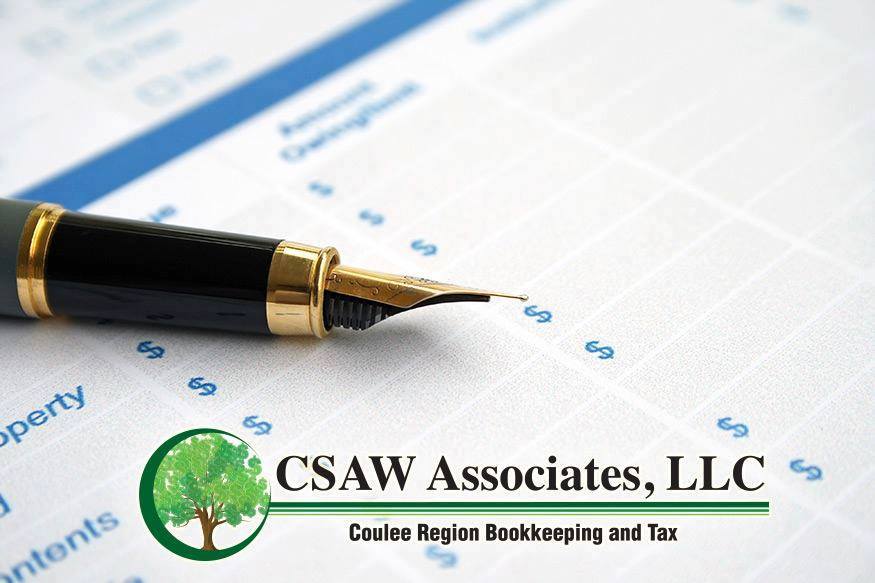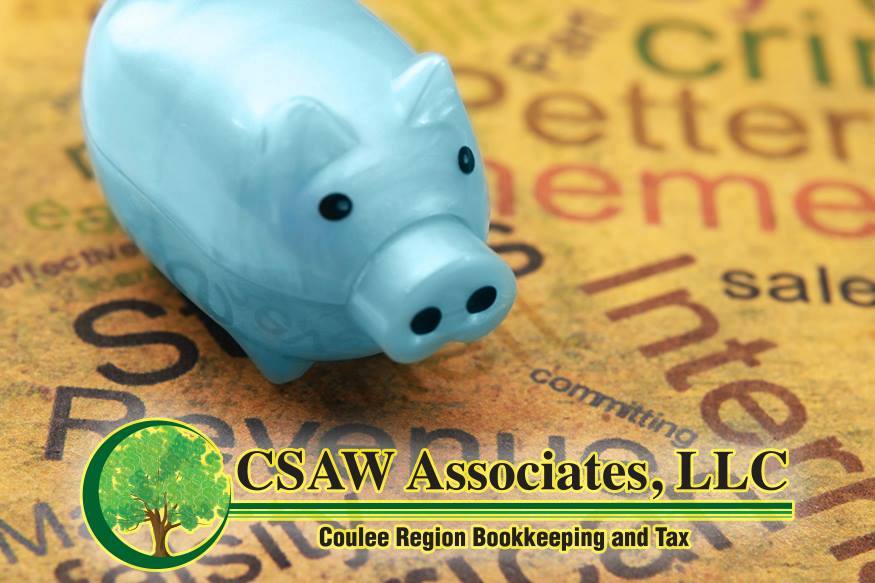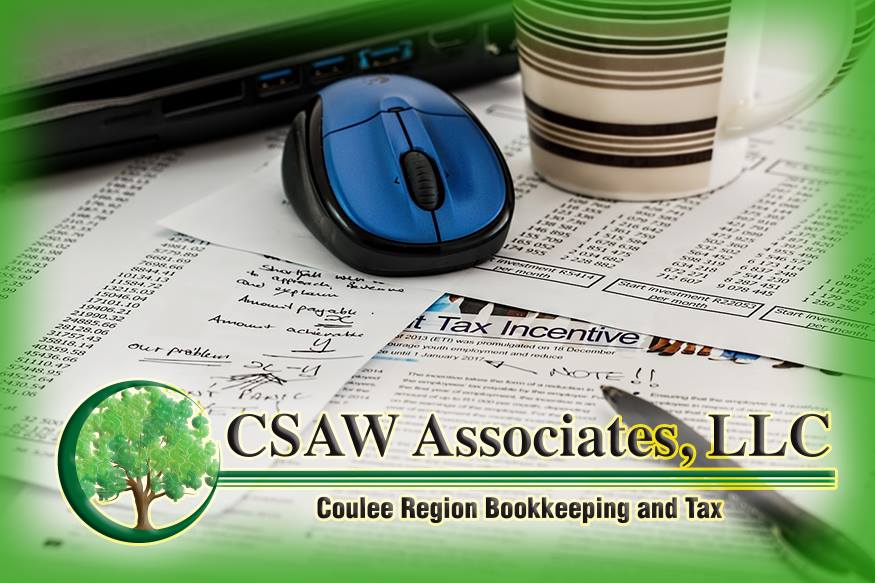When taking money out of a business, transactions must be
carefully structured to avoid unwanted tax consequences or damage to the
business entity. If the loan and repayments are not set up and processed
properly, the IRS can reclassify the funding as nondeductible capital
contributions and classify the repayments as taxable dividends, resulting in
unexpected taxation. A weak loan structure can also create a danger zone where
a court can “pierce the corporate veil,” resulting in personal liability for
the business owner.
Intermingling
Funds
One of the most dangerous financial mistakes a business owner can
make is to intermingle funds, such as paying personal expenses from the
business checking account, or paying business expenses from the owner’s
personal account. This behavior can
leave openings for the IRS or courts to question the integrity of the business
entity. Failure to maintain complete financial separation between a business
and its owners is one of the major causes of tax and legal trouble for small
businesses.
Sole
Proprietorships
A sole proprietor is taxed on self-employment income without
regard for activity in the business bank account. A sole proprietor should
never pay himself or herself wages, dividends, or other distributions. A sole
proprietor may take money out of the business bank account with no tax
ramifications.
Taking
Money Out – Wages
One way
for a business owner to take money out of a corporation is through wages for
services performed. Wages are appropriate only for C corporations and S
corporations, not for sole proprietorships or partnerships.
Reasonable
Wages
Both C
corporations and S corporations are required by law to pay “reasonable wages,”
which approximate wages that would be paid for similar levels of services in
unrelated companies. In a C corporation,
wages are deductible by the corporation but dividends are not, creating incentive
for a C corporation shareholder to inflate the wages for higher deductions. In
an S corporation, wages are subject to payroll taxes but flow-through income is
not, creating an incentive for artificially low wages.
Guaranteed
Payments
Guaranteed
payments to partners are the partnership counterpart to corporate wages. With
guaranteed payments, there is no withholding for payroll taxes or income tax.
These amounts are computed and paid on the partner’s individual Form 1040.
Dividends
Dividends
are generally the means by which a C corporation distributes profits to
shareholders. Amounts up to the C corporation’s “earnings and profits” are
taxable to the shareholder.
Flow-Through
Income—S Corporations and Partnerships
Income
from S corporations and partnerships flow through to the shareholder or
partner’s individual tax return.
Distributions of cash to an S corporation shareholder or partner are not
taxable to the individual until the person’s cost basis reaches zero.
Loans
A
corporation or partnership can receive
loans from shareholders or partners, and can give loans to shareholders or partners. There is generally no
taxable event when a corporation or partnership repays a loan from a business
owner, and no taxable event when a corporation or partnership makes a bona-fide
loan to a shareholder or partner.
Limited
Liability Companies (LLCs)
A single-member LLC owned by an individual is considered a “disregarded entity” and is taxed as a sole proprietorship by default. If the LLC makes an election to be taxed as a corporation, either C corporation or the S corporation rules apply. An LLC owned by more than one individual is taxed as a partnership by default. As with a single-owner LLC, a multiple-owner LLC may make an election to be taxed as a corporation.
Want all the latest from us right to your email?



